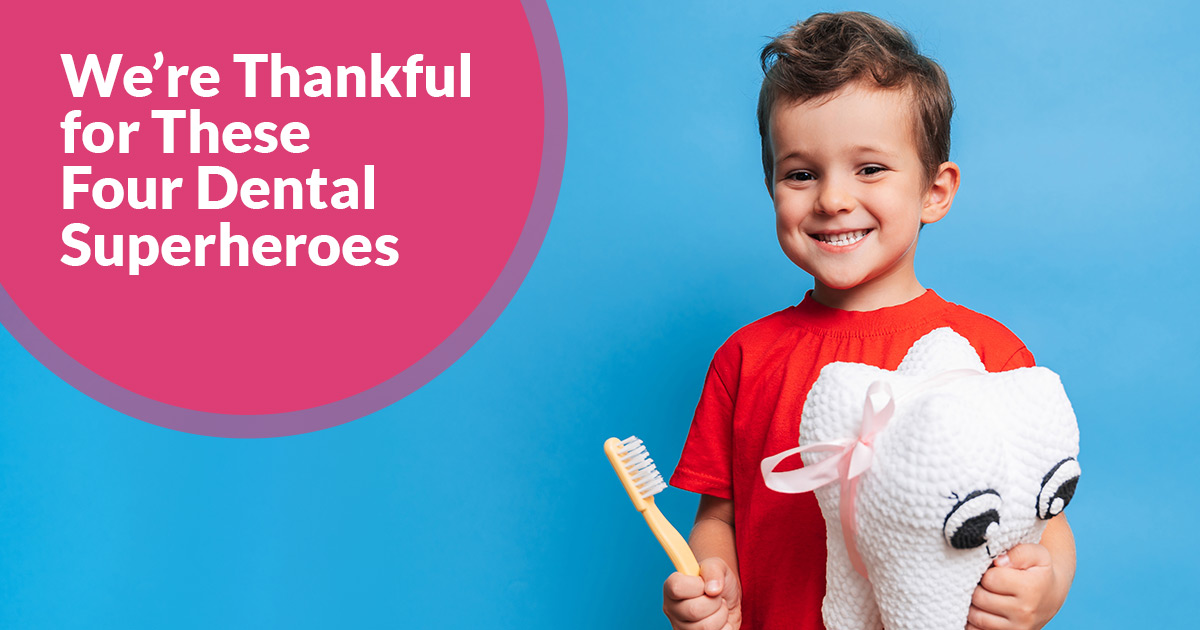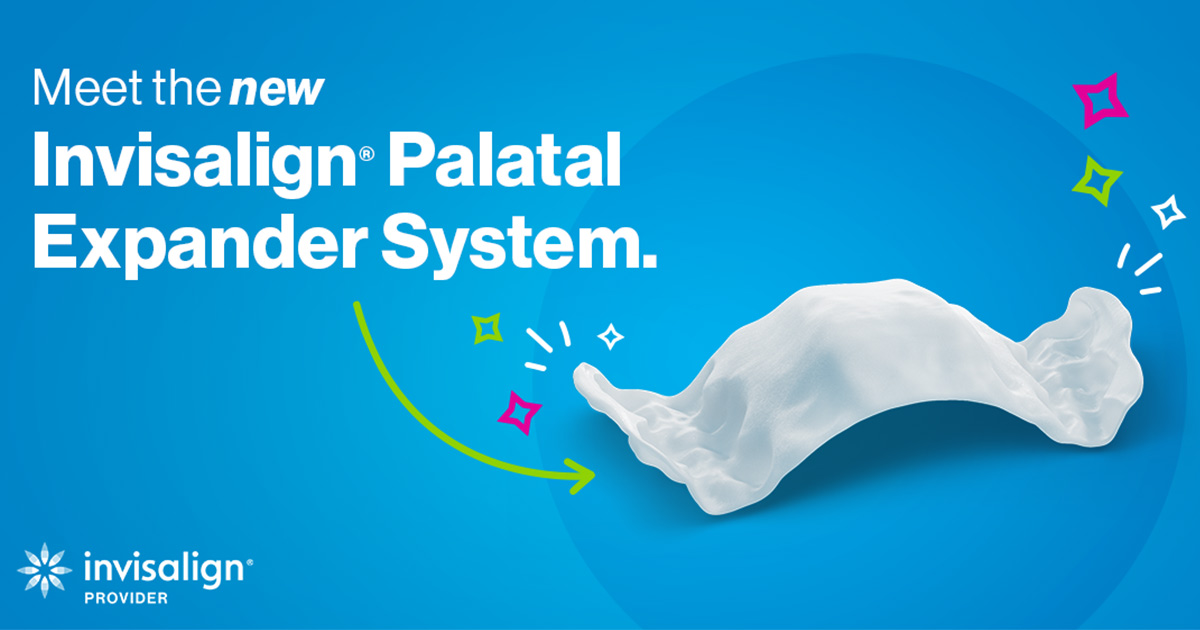
February is National Children’s Dental Health Month 2025, a time dedicated to raising awareness about the importance of kids’ oral health. At Innovative Pediatric Dentistry, we’re excited to celebrate by giving back to the community. The team at our Naperville kids’ dentistry practice will be visiting local schools!
Spreading Smiles at Naperville Elementary Schools
As part of National Children’s Dental Health Month, our team will visit Naperville elementary schools throughout February to teach kids about the benefits of good oral health and how to take care of their teeth and gums. We’ll be sharing fun, interactive lessons on:
- The importance of brushing and flossing
- How healthy eating protects teeth
- Cavity prevention tips
- What to expect at a dental visit
As a dentist for kids, we know how to make the topic of kids’ oral health engaging and easy to understand. Our goal with these visits is to inspire children to develop healthy habits that last a lifetime!
Why Kids’ Oral Health Matters
Oral health is about more than just having a bright smile; it plays a vital role in a child’s overall health and well-being. Untreated dental issues like tooth decay can interfere with a child’s development, nutrition, and speech. Dental problems are also linked to poor school performance and social relationships.
A study published in the Journal of Pediatrics analyzed data from over 45,000 children and found that kids with oral health problems were:
- more likely to have problems in school
- more likely to miss days of school
- 40-50% more likely to have worse academic outcomes compared to kids without untreated oral disease
At Innovative Pediatric Dentistry, we support the American Academy of Pediatric Dentistry’s recommendation that children visit the dentist by age one and continue with routine preventive care throughout their lives.
At these early visits, our pediatric dentists teach kids and parents how to maintain excellent oral health. This sets the foundation for a lifetime of strong, confident smiles.
Finding a dental home at a young age also helps to prevent oral disease or, at least, ensure problems are diagnosed and treated in their earliest stages. If your child is due for a dental exam and cleaning, February is the perfect time to schedule an appointment with a trusted kids’ dentist in Naperville.
Join Us in Celebrating National Children’s Dental Health Month 2025!
Our team is thrilled to spread smiles and healthy habits all month long by bringing our fun, educational approach to Naperville elementary schools!
If you’d like some more ideas for commemorating Children’s Dental Health Month, check out these blog posts:
- “7 Perfect Books to Read During Children’s Dental Health Month”
- “8 Fun Dental Crafts for Kids to Celebrate National Children’s Dental Health Month”
- “Celebrate National Children’s Dental Health Month With Top Tips from Innovative Pediatric Dentistry”
And, finally, are you looking for a Naperville kids’ dentistry practice your little one will love? Innovative Pediatric Dentistry has you covered. Book your child’s dental checkup at our high-tech, kid-friendly office today!










